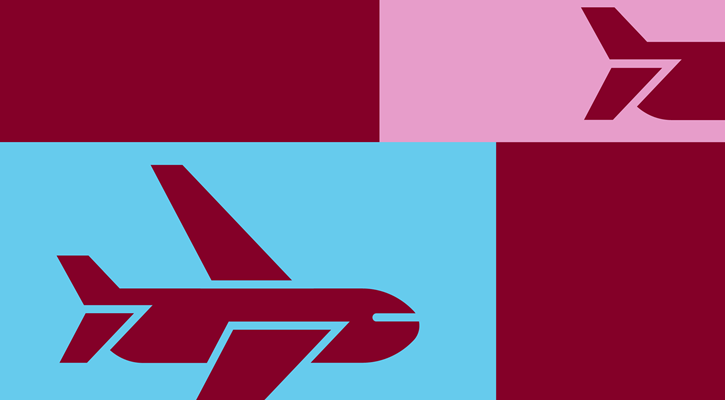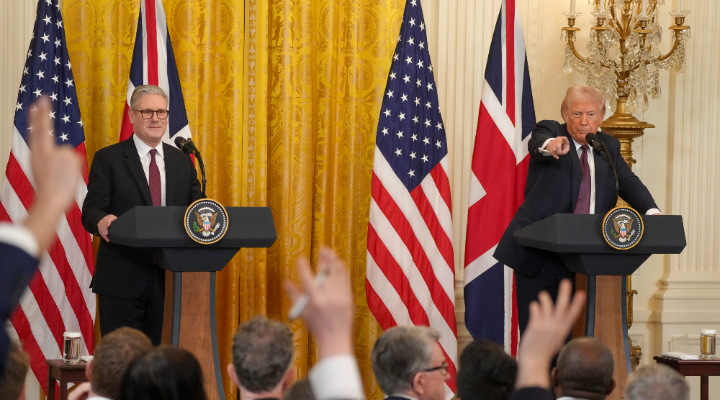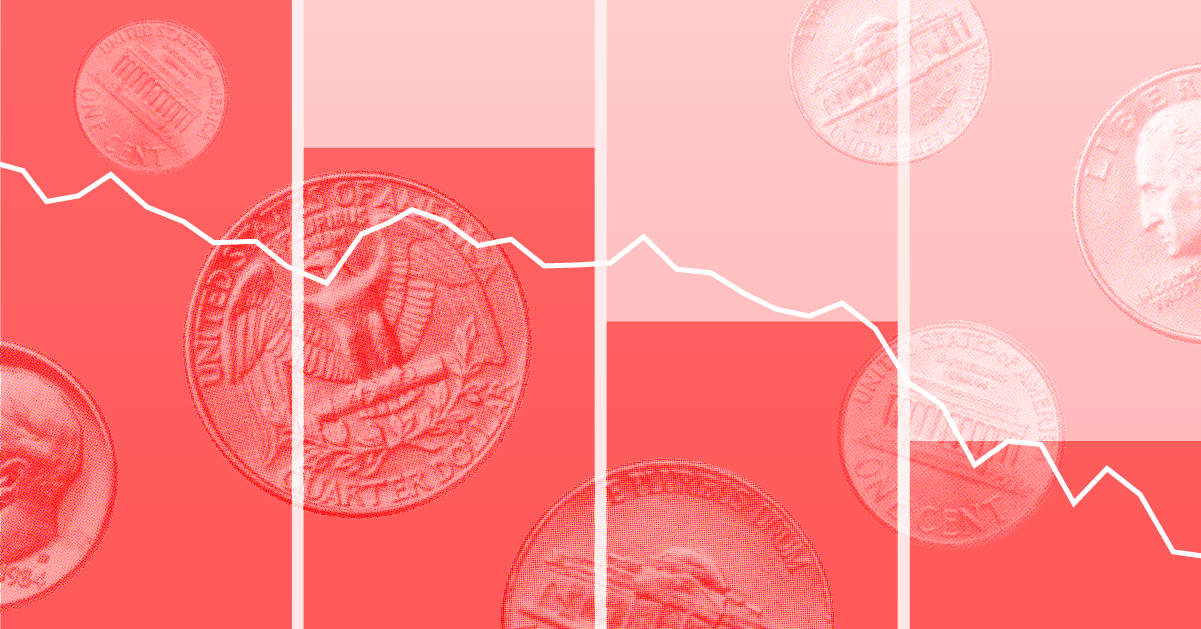Analyst note
(Click
here to watch a video of analyst Mark Taylor discussing Rio's 3Q
results and the company's prospects)
Rio Tinto reported a very strong third-quarter performance with the standout being iron ore volumes, up 5% to 47.5 million metric tons and well ahead of expectations. So much for any Chinese payback for Rio Tinto's rejection of Chinalco's overtures--shipments to all major markets including the single largest, China, were sustained at a high level and primarily priced at benchmark or an equivalent provisional price. One wonders, though, if the provisional prices would have been taken had spot prices not been well above benchmark. Record Pilbara output reflects full bedding-in of the 220 million metric tons per annum infrastructure expansion work and de-bottlenecking. Rio Tinto expects iron ore production from its global operations between 210 million and 215 million metric tons on a 100% basis in 2009, and we've lifted our estimates accordingly.
Chief executive Tom Albanese said the company was seeing early signs of a recovery in some key markets, although caution remained. Cost reductions apparently continue apace, and the company has made considerable progress on divestments for debt reduction. We look forward to seeing just how beneficial cost-saving exercises prove in the second-half 2009 numbers. We calculate July's $15.2 billion equity raising and $1.5 billion in asset sales have put net debt and gearing in the vicinity of $21.7 billion and 63%, respectively. In the final quarter, improved net operating cash flow and an additional $4.3 billion cash proceeds for Food Americas, Alcan, and Jacobs Ranch could have gearing approaching a respectable 45%.
Encouragingly Rio Tinto signed an Investment Agreement with the Mongolian government for the development of the $4 billion Oyu Tolgoi copper-gold project in the South Gobi desert region. Oyu Tolgoi is to begin production in 2013 with a five-year ramp-up to full output of 450,000 metric tons per annum of copper and 330,000 ounces of gold annually. Rio Tinto's answer to BHP Billiton's Olympic Dam satisfies the key requirements of scale, long life, and low costs. Seven years in the making, this agreement almost didn't happen. Rio Tinto's equity share could be around 30%, and we'll bring you more on this important development later.
Another strong third-quarter performer was the copper division, which despite a 5% decline in mined output versus the second quarter, was again ahead of levels anticipated. Mining at Kennecott Utah remained focused on copper and gold following the decline in the molybdenum market. An improved Escondida performance reflected repairs to the SAG mill in early August, and continuing ramp-up of sulfide leaching improved refined copper production. Australian coal production rose 5%, above expectations with Hail Creek coking coal improved and stronger demand for semisoft coking coal.
Thesis
Fair value uncertainty: Medium ¦ Economic Moat: Narrow
Rio Tinto is a top-tier global miner along with BHP Billiton, Brazil's Vale, and UK-based Anglo American. The rejection of a mega-merger proposal from larger rival BHP was a mistake. However, a world-class asset base and capable management make Rio one of the few miners to earn more than its cost of capital through the commodity cycle. Geographic and product diversification give Rio relatively stable cash flows and lower operating risk than many of its mining peers. Most revenue comes from the relative safe havens of Australia, North America, and Europe, though operations span six continents.
Through selective acquisitions and grass-roots exploration, Rio has assembled a large portfolio of long-lived, low-cost assets. Operations include world-class hubs in aluminium, coal, copper, diamonds, gold, iron ore, industrial minerals, and uranium. This competitive resource base sets Rio apart from most of the rest of the pack and supports returns above average for both the resource industry generally and its more select diversified mining peers.
Rio's operating practices are geared toward creating long-term economic value; the company is constantly seeking efficiency improvements. Planning horizons and existing operations ensure average production levels should be sustained for at least 20 years. The company has a portfolio of quality projects under development or appraisal and a focused exploration programme to seek out and secure new opportunities for profitable expansion. However, a recent focus on Alcan-related debt reduction will put much new investment on the back burner. The strategic partnership with Ivanhoe Mines to develop its Oyu Tolgoi copper and gold deposit further enhances Rio's portfolio. Oyu Tolgoi is the largest undeveloped copper deposit in the world.
The board has come under criticism for leveraging up the balance sheet to acquire Alcan immediately ahead of the credit crisis. Planned asset sales have largely not been realised, necessitating drastic expenditure cutbacks. A $15 billion entitlement issue and the Western Australia iron ore joint venture with BHP will significantly reduce balance sheet pressure.
Rio has limited pricing power over most of its products. The notable exception is in iron ore, where, along with BHP and Vale, Rio is a member of the global seaborne export oligopoly with 25% market share. Minimal pricing power is aggravated by the volatile and cyclical nature of commodity prices. However, we do ascribe a narrow economic moat to Rio, given the firm's large, low-cost, and nonreplicable operations. The lack of comparable megadeposits and increasingly prohibitive capital costs are barriers to entry.
Valuation
We recently increased our fair value estimate on Rio's ADRs to $289 from
$272 after adjusting our near-term copper and iron ore price
assumptions. We do not yet ascribe a fair value to the UK-listed shares
but will be doing so in the near future. Still, underpinning the
valuation in the longer term is ongoing growth in Chinese metal
consumption followed by demand from India, mining industry input cost
inflation, industry consolidation, infrastructure bottlenecks, a
scarcity of quality resources because of years of exploration neglect,
and sovereign risk. Much of the new demand has been satisfied by
substantially higher-cost mines. The structural decline in the US
dollar, the currency in which commodities are denominated, continues.
Risk
Significant environmental and operating risks are associated with
mining. Some of the company's assets have country-specific risks.
Overall, Rio offers broad diversification, low costs, and strong
financial position. Because of the volatility in the underlying
commodity prices, we think our fair value estimate carries a medium fair
value uncertainty rating.
Strategy
Rio takes a common-sense, long-term approach to mining. Its strategy is
to focus on large-scale, long-life, and low-cost mining operations and
to invest in maintaining competitive positions. The company constantly
seeks new sources of advantage to institutionalise in ways that
competitors cannot easily replicate. It pays prime attention to project
quality and not the commodity or geographical location.
Management & Stewardship
Tom Albanese became CEO in May 2007, taking over from Leigh Clifford.
Albanese, 51, is the first US citizen to lead the company. He was
appointed to the board in 2006 as director of group resources, which is
responsible for exploration, operational and technical excellence, human
resources, communications and external relations, and global business
services. Jan du Plessis fills the chairman role, having replaced Paul
Skinner in April 2009. He is chairman of British
American Tobacco, a nonexecutive director of Marks
& Spencer, and was previously nonexecutive director and then
chairman of the audit committee of Lloyds TSB.
Profile
Rio searches for and extracts a wide variety of minerals around the
world, with the heaviest concentrations in North America and Australia.
Major products include aluminium, copper, diamonds, energy products,
gold, industrial minerals, and iron ore. The 1995 merger of RTZ and CRA,
via a dual-listed structure, created the present-day company. The two
operate as a single business entity. Shareholders in each company have
equivalent economic and voting rights in Rio as a whole.
Growth
Rio has increased production of most commodities significantly since
2001 and has numerous development projects lined up. Near-term growth
could suffer because priority is being given to reducing Alcan-related
debt.
Profitability
Diversification and low costs limit volatility, but nonetheless, margins
rise and fall with commodity markets. Operating margins of 30% in 2007
and 2008 were below 2006's 40% because of cost pressures and price
declines.
Financial health
The Alcan acquisition in 2007 saw interest coverage plummet to 5 and
leverage rise to 172%. A $15 billion entitlement issue, $5.8 billion
iron ore joint-venture payment from BHP, and anticipated asset sales and
strong cash flows should return debt to very comfortable levels during
the next three years.
Bulls say
1. Rio is one of the direct beneficiaries of the increasing appetite for
natural resources in China. The company's alumina, coal, and iron ore
operations in Australia in particular should benefit.
2. The company is run exceptionally well and enjoys a broad portfolio of first-class, low-cost assets.
3. The company is inherently less risky than pure plays because of its broadly diversified natural-resources asset base.
4. Rio is more profitable than some of its competitors in a host of commodities, and we forecast it to at least earn its cost of capital.
5. The company's positioning in new technologies, including steelmaking and hydrogen, bodes well.
Bears say
1. Pent-up demand for natural resources in China may have peaked, and
the Chinese economy could begin to cool off.
2. Diversified miners always trade at discount valuations to pure plays. Investors interested in gaining exposure to a specific commodity would be better off investing in pure plays.
3. Although diversification is an important advantage for Rio, the company is subject to the long-term supply/demand balance for metals, a bigger factor in determining its profitability.
4. Rio is top-heavy in iron ore and needs more balance in its product mix.
5. Rio paid too much for Alcan, and its balance sheet is now weighed down by $38.9 billion in net debt. Failure to reduce debt via asset sales leaves the firm vulnerable to economic weakness.
Morningstar's editorial policies prohibit analysts from owning stocks they cover.
























